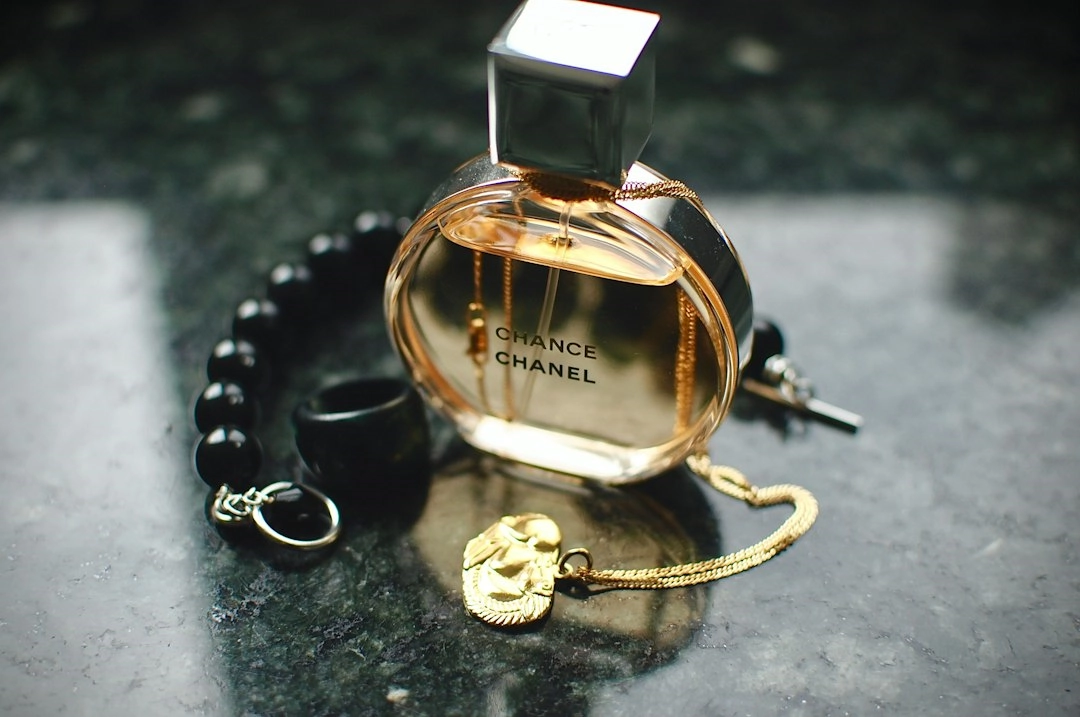
What it is:
Green trends in jewelry design refer to the growing movement within the jewelry industry that emphasizes sustainability and environmental responsibility. This involves various practices and approaches aimed at reducing the negative impacts of the industry on the planet and promoting ethical and eco-conscious practices throughout the supply chain.
Real-world problems:
1. Environmental degradation: The extraction of precious metals and gemstones used in jewelry often involves destructive mining practices, leading to deforestation, soil erosion, water pollution, and habitat destruction. This poses a significant threat to ecosystems and biodiversity in mining regions.
2. Human rights violations: Many jewelry supply chains are plagued by labor and human rights issues, such as child labor, unfair wages, unsafe working conditions, and lack of workers’ rights. These problems are particularly prevalent in developing countries where gemstones and precious metals are commonly sourced.
3. High carbon footprint: The process of mining, refining, and transporting materials for jewelry production contributes to greenhouse gas emissions and climate change. Additionally, traditional jewelry manufacturing techniques often involve energy-intensive processes and the use of toxic chemicals, further exacerbating the industry’s carbon footprint.
4. Unsustainable sourcing: The demand for precious metals and gemstones has led to overexploitation of resources, depleting finite reserves and exacerbating resource scarcity. Unregulated and illegal mining practices further compound the problem, leading to ecological imbalances and social instability.
5. Lack of transparency: The jewelry industry has historically had limited transparency and traceability, making it challenging for consumers to make informed choices about the sustainability and ethicality of their purchases. This lack of transparency hinders progress towards more responsible and sustainable practices.
Addressing these real-world problems is crucial for the future of the jewelry industry. The adoption of green trends in jewelry design offers effective solutions and alternatives to mitigate these negative impacts and move towards a more sustainable and ethical industry.

Solutions to the real-world problems:
Implementing sustainable and responsible practices in jewelry design can help address the environmental and social challenges faced by the industry. Here are some key solutions:
1. Ethical sourcing and responsible mining:
Promoting responsible mining practices that prioritize environmental protection, respect human rights, and provide fair working conditions is crucial. Encouraging the use of certified and traceable materials helps ensure transparency and accountability throughout the supply chain.
2. Use of recycled and upcycled materials:
By incorporating recycled precious metals and gemstones into jewelry designs, the demand for newly mined materials can be reduced. Upcycling existing pieces and materials also reduces waste and maximizes resources.
3. Support for artisanal and small-scale miners:
Working towards establishing fair trade agreements and supporting small-scale miners can improve working conditions, prohibit child labor, and ensure fair wages. This helps uplift communities reliant on mining and encourages sustainable practices at a grassroots level.
4. Collaboration and transparency:
Jewelry designers, manufacturers, and consumers should collaborate to create a transparent and traceable supply chain. The sharing of information and adoption of certifications, such as the Responsible Jewellery Council (RJC) certification, can help ensure sustainability and ethicality throughout the industry.
5. Promotion of sustainable design principles:
Designers can embrace sustainable design principles, such as using lightweight materials to reduce energy consumption in transportation and opting for environmentally friendly alternatives like lab-grown diamonds and recycled metals. This encourages innovative and eco-conscious design practices.
6. Consumer awareness and education:
Educating consumers about the environmental and social impacts of the jewelry industry empowers them to make informed and responsible purchasing decisions. Encouraging the demand for sustainable and ethically sourced jewelry can drive industry-wide change.
Implementing these solutions can help transform the jewelry industry into a more sustainable and ethical sector, ensuring the beauty of jewelry is not at the expense of the environment and human well-being.















